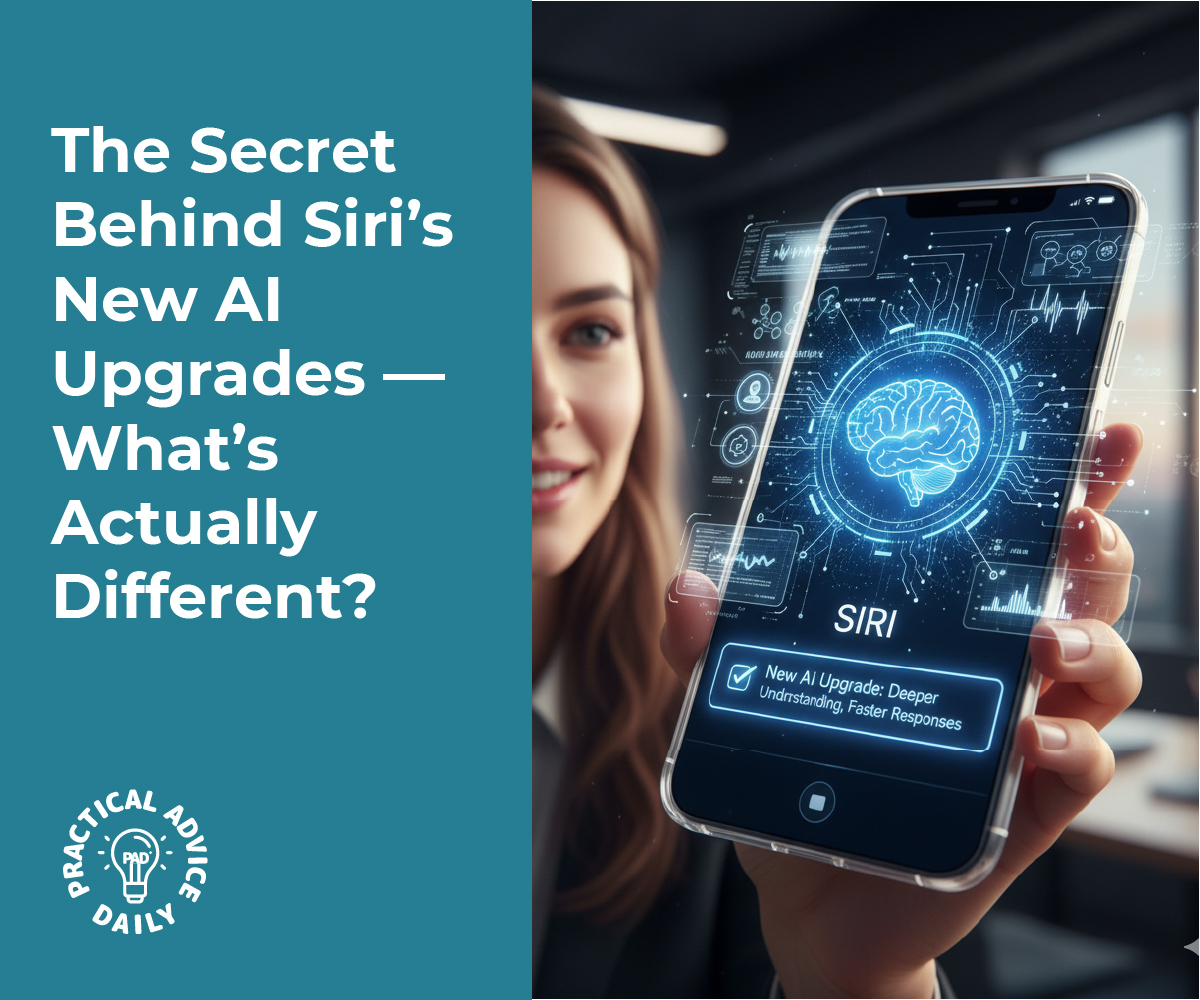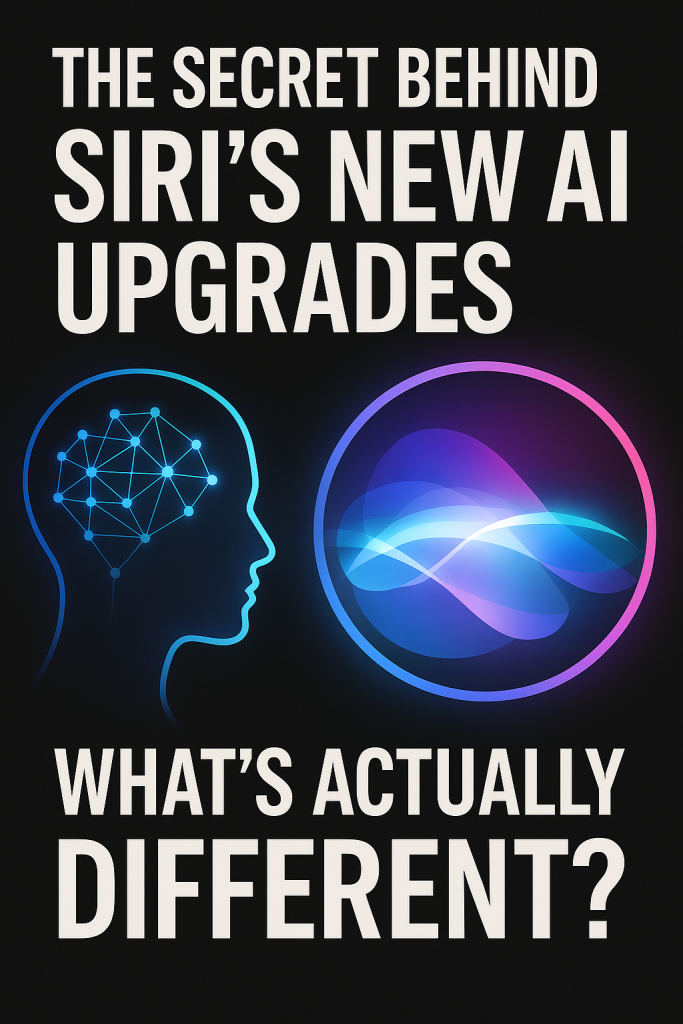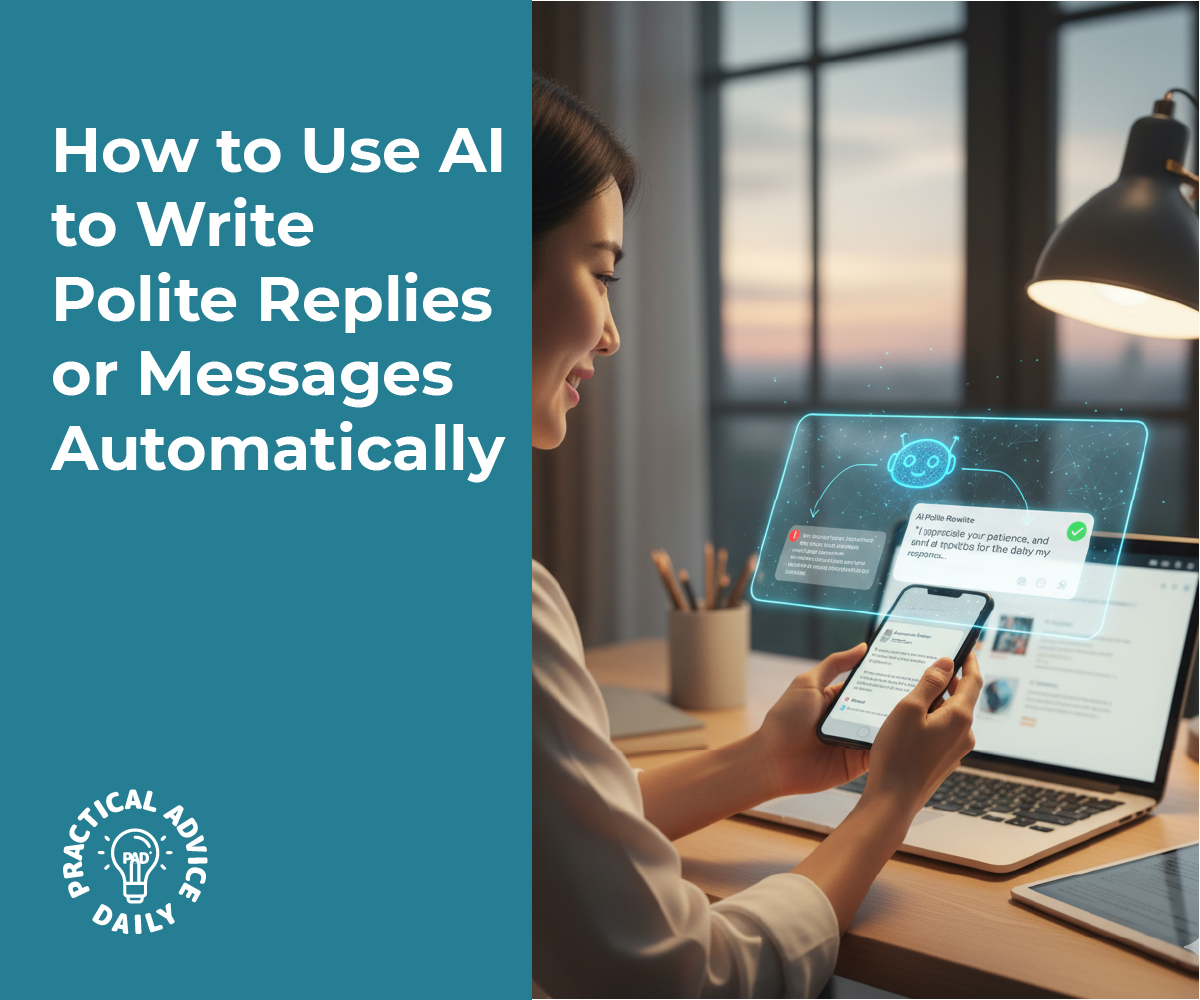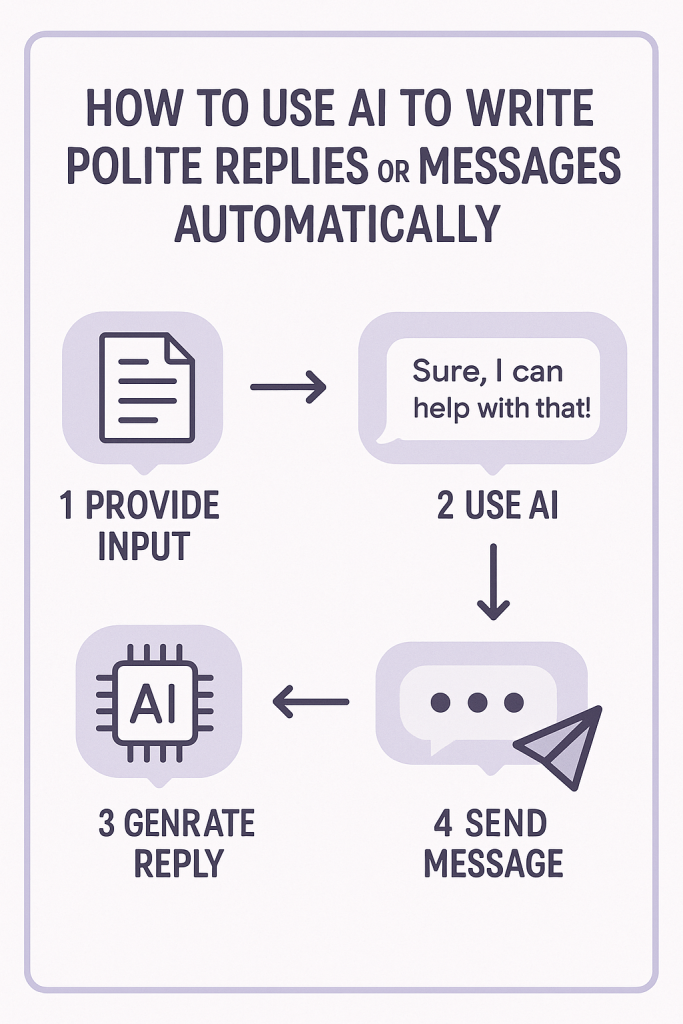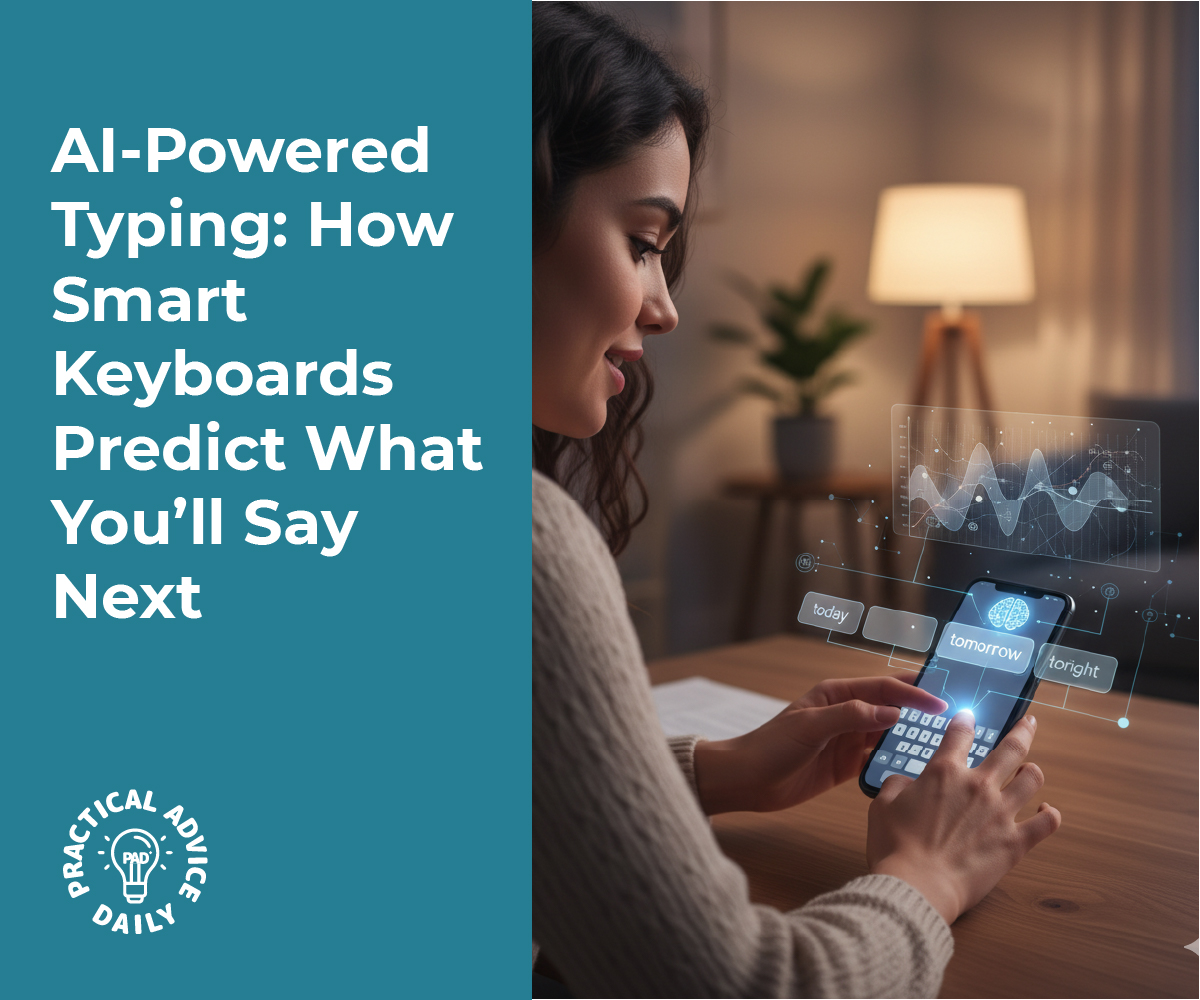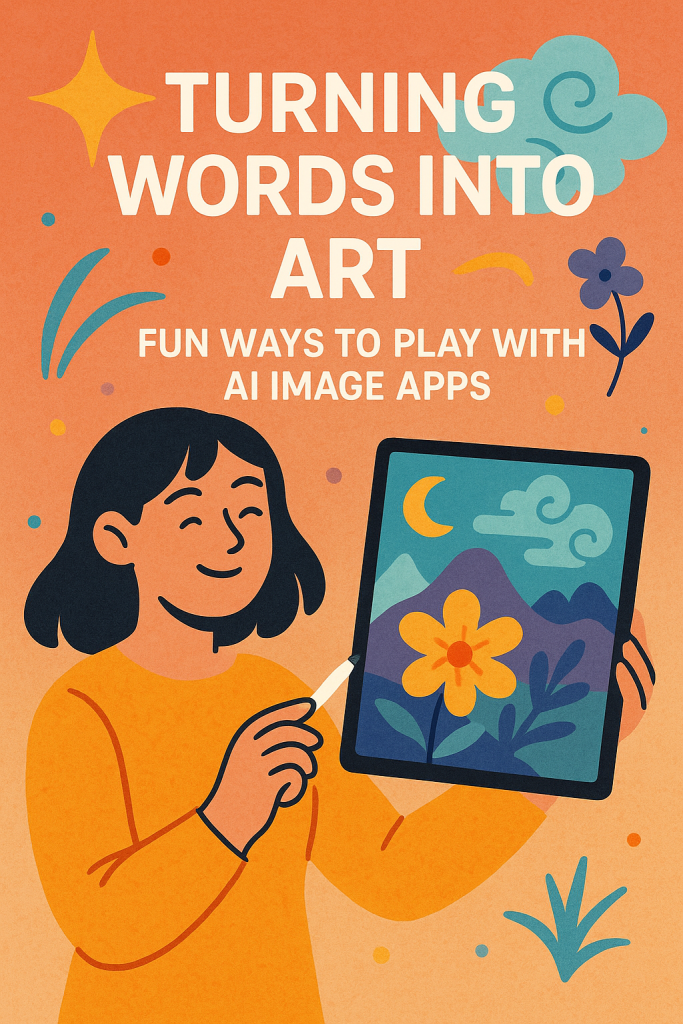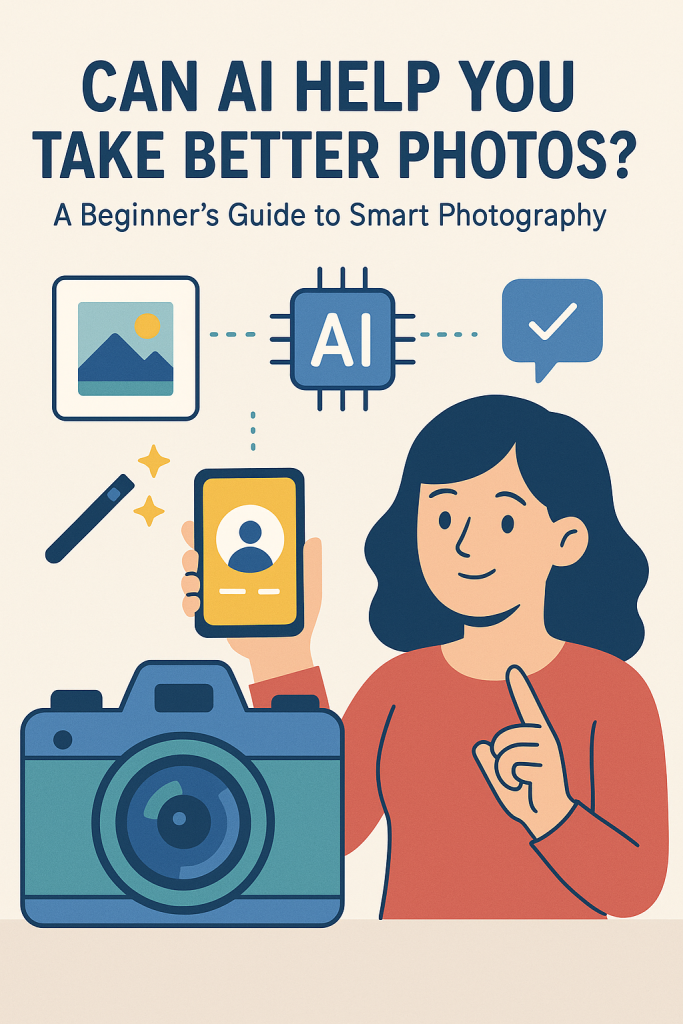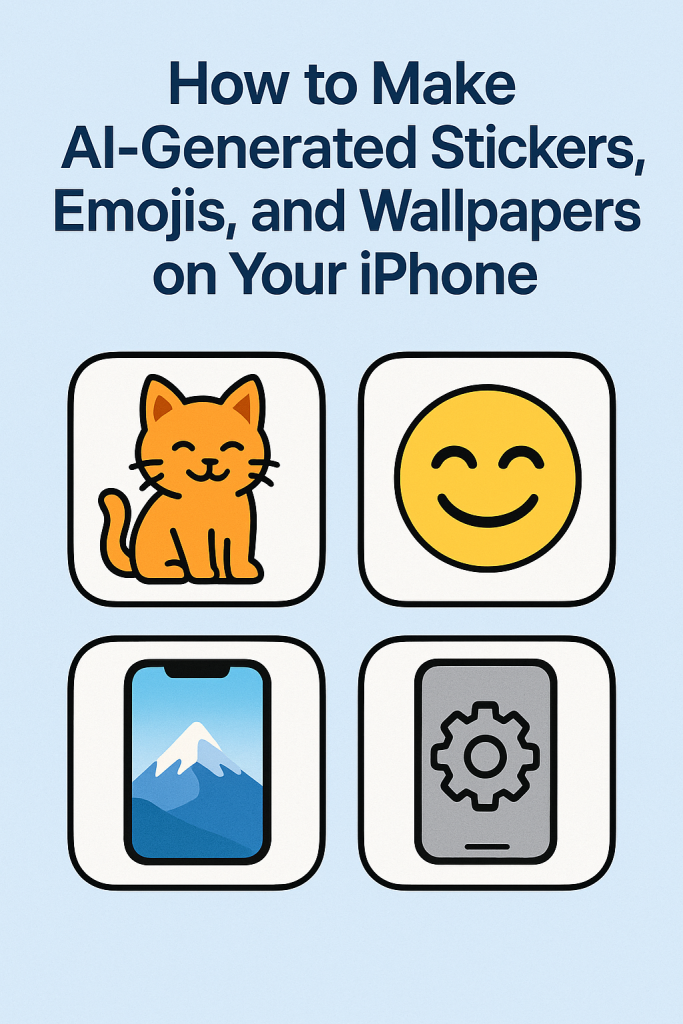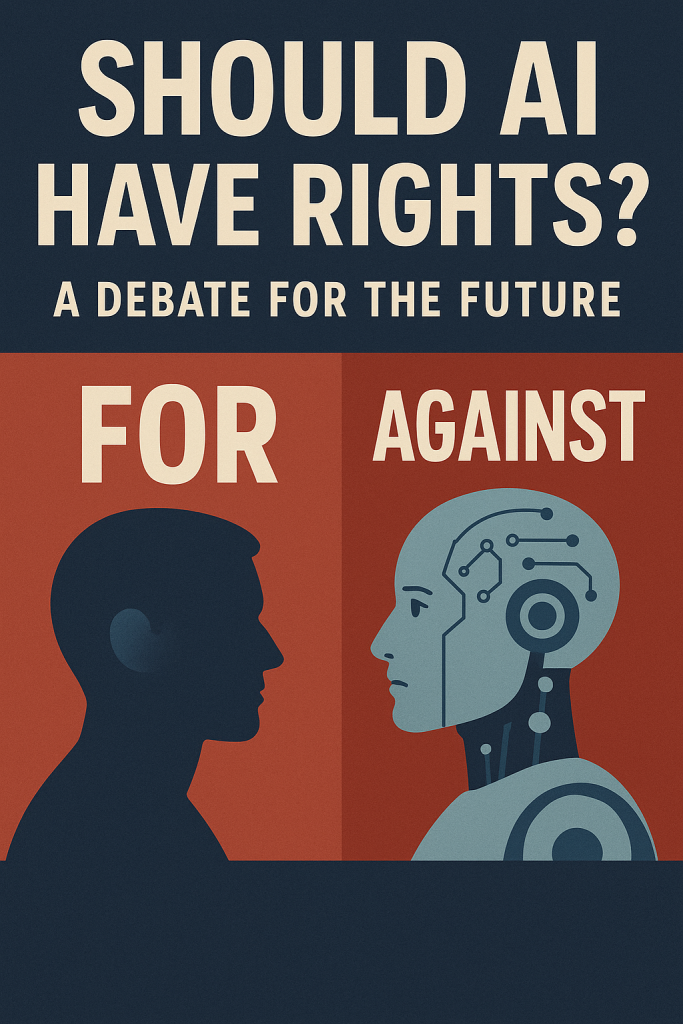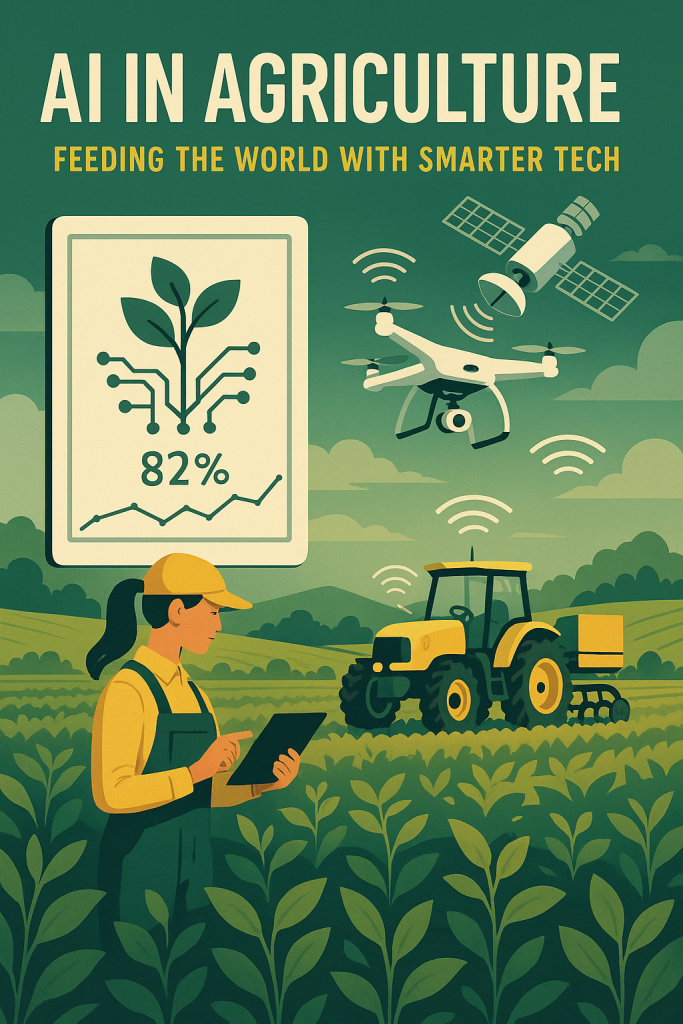If you’ve ever wondered whether your iPhone’s AI is “spying” on you, you’re not alone. As artificial intelligence becomes part of everyday apps—helping with photos, typing, or Siri—many people are asking what happens to all that personal information.
The good news is that Apple’s approach to AI is quite different from what you may have heard about other tech companies. This article breaks down, in simple terms, how Apple protects your privacy, what “on-device intelligence” means, and how to make sure your data stays secure.
Table of Contents
Key Takeaways
- Apple designs AI with privacy first. Most AI tasks happen directly on your iPhone, not on distant servers.
- Your personal data stays private. Apple uses a system called “on-device processing” to avoid storing your data in the cloud whenever possible.
- Private Cloud Compute adds protection. When your phone does need help from Apple’s servers, it uses a special privacy layer that keeps your data anonymous.
- You’re in control. You can review, limit, or turn off AI features anytime in your Settings.
How Apple’s AI Works Differently
Unlike many tech companies that rely heavily on internet servers to run AI, Apple tries to keep as much processing as possible right on your device.
When you use features like:
- Siri suggestions
- Photo recognition (like finding “beach” or “dog” photos)
- Text predictions while typing
- Voice transcription
…your iPhone’s built-in chips do most of the work locally. This means that your photos, messages, or voice recordings usually never leave your phone.
This system is called on-device intelligence. It’s a core part of Apple’s privacy philosophy: your personal data should stay personal.
What About Apple’s New “Apple Intelligence”?
With the latest updates (starting from iOS 18 and newer devices like iPhone 15 Pro and beyond), Apple introduced Apple Intelligence—a new generation of AI features.
These features can rewrite emails, summarize notifications, or even understand your photos in smarter ways. But again, privacy is built in from the start.
Here’s how Apple keeps it safe:
- On-device first: Your iPhone handles most AI tasks locally using its advanced neural chip.
- Private Cloud Compute: If your device needs extra processing power, it sends only what’s necessary to Apple’s secure servers. These servers don’t store or access your personal data—they’re designed so even Apple can’t see what you sent.
- Transparency and control: You’ll always know when Apple Intelligence is active and can choose to disable it.
This combination helps Apple offer powerful AI tools without creating a privacy trade-off.
How It Compares to Other Platforms
Other AI assistants—like those from Google or Amazon—often depend on large cloud-based models that process user data on company servers.
This can mean your voice recordings, search history, or interactions are analyzed online to improve their services. While these companies have their own privacy protections, it still means your information travels outside your device.
Apple, by contrast, takes the slower but safer path:
- It minimizes data collection.
- It anonymizes any information that must leave your iPhone.
- It doesn’t use your data to train broad AI models that serve everyone.
That’s why, when Apple introduces a new feature like Siri rewriting messages or summarizing your day, it emphasizes that the feature learns from your habits without creating a user profile that’s shared or stored anywhere else.
Simple Ways to Check and Control Your Privacy
You don’t need to be tech-savvy to make sure your iPhone’s privacy settings are working for you. Here’s what to do:
- Go to Settings > Privacy & Security. Review which apps have access to your photos, microphone, and location.
- Check Siri & Search settings. You can control whether Siri learns from certain apps or stores your requests.
- Manage analytics and personalization. Under Privacy settings, you can turn off “Improve Siri & Dictation” if you prefer not to share voice samples.
- Review new AI permissions. With iOS 18 and beyond, you’ll be asked for permission before using Apple Intelligence features. Read those prompts carefully.
Apple also publishes an easy-to-read privacy label for most apps, showing what data (if any) is collected and why.
Real-Life Example: Photo Recognition
Let’s say you open your Photos app and type “dog.” Instantly, your iPhone shows all pictures with dogs.
That might sound like something that requires cloud computing, but in Apple’s case, the photo recognition happens entirely on your phone. No photos are uploaded for analysis.
By keeping this process local, Apple prevents sensitive images—like family gatherings, medical photos, or documents—from leaving your device.
Why This Matters
Privacy might not always seem urgent, but AI systems depend on large amounts of data. When that data includes personal moments, voice recordings, or photos, privacy protections become critical.
Apple’s model shows that AI doesn’t have to mean giving up control. It’s proof that you can have smart, helpful features without being constantly watched or tracked.
Final Thoughts
So, does AI spy on you? In many cases, it can—but not on your iPhone.
Apple’s privacy-first design means your AI tools work for you, not on you. Most of what happens with Siri, Photos, or Apple Intelligence stays right on your device, protected by layers of encryption and transparency.
If you take a few minutes to review your settings and understand how Apple’s AI works, you’ll feel confident using these tools knowing your personal world stays private. Curious to learn more? Check Apple’s official Privacy Page for plain-language explanations and updates about how your data is protected.

